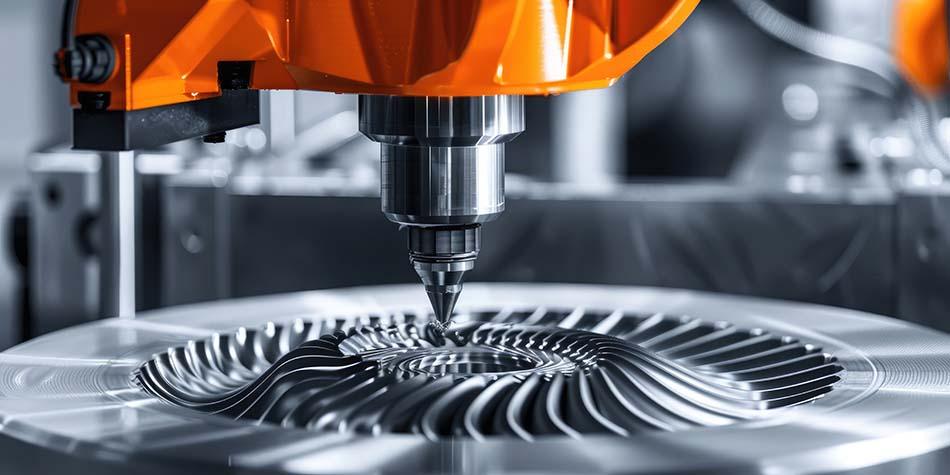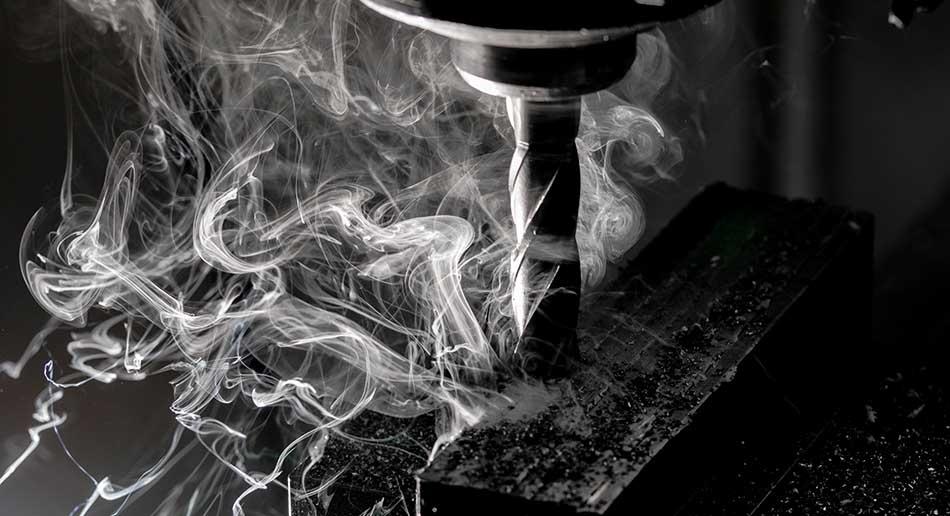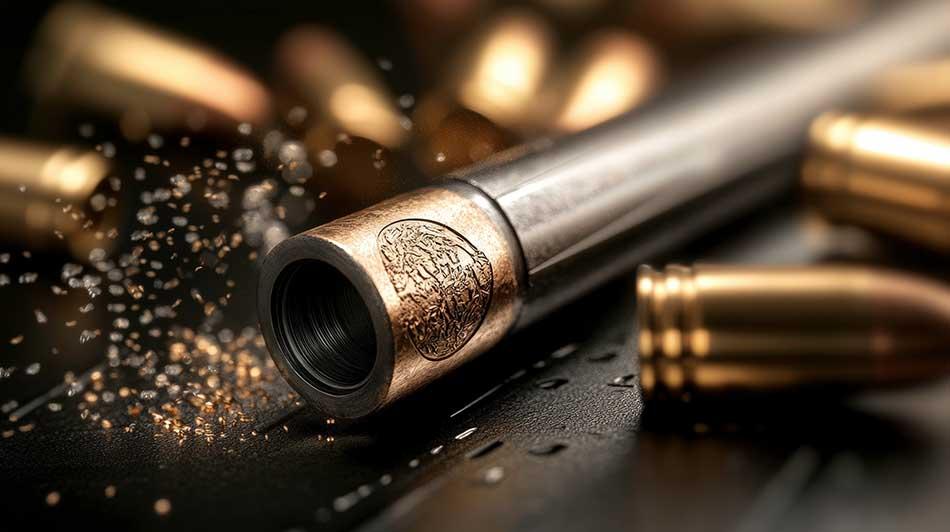Hybrid Manufacturing: How CNC & 3D Printing Work Together
Manufacturing is always changing, with new technologies making production faster, cheaper, and more efficient. One of the biggest innovations is hybrid manufacturing, which combines CNC machining and 3D printing. By using both additive and subtractive processes, companies can create high-quality parts with precision, speed, and flexibility.
Hybrid manufacturing is useful in industries that need both prototypes (early test versions of a product) and final products that require exact measurements. It reduces material waste, lowers costs, and speeds up production time.
What is CNC Machining?
CNC (Computer Numerical Control) machining is a subtractive machining process that cuts away material to create a finished part. It has been used for years in industries like aerospace, automotive, and medical because it produces parts with high precision and tight tolerances (meaning the measurements are very exact). CNC machines work with many types of materials, including metals, plastics, and composites.
CNC machining is great for making a large number of parts because it is repeatable and durable. It also creates smooth surfaces, which is important when making parts that need to fit together perfectly.
Since CNC machining removes extra material, the final product is strong and reliable, able to handle high pressure, heat, or impact.
What is 3D Printing?
Unlike CNC machining, which removes material, 3D printing is an additive manufacturing process that builds parts layer by layer. This makes it possible to create complex designs that CNC machining cannot easily produce. Engineers and designers can experiment with new shapes, lightweight structures, and detailed designs.
One of the biggest advantages of 3D printing is rapid prototyping. Instead of waiting weeks for a sample part, engineers can print a prototype in a few hours or days, test it, and make changes if needed. This saves time and money. Another benefit is that 3D printing only uses the material necessary to build the part, which reduces waste and makes it a cost-effective option for smaller production runs.
Doctors use 3D printing to create custom parts, especially in the medical field, for personalized implants, prosthetics, and surgical tools.
How Hybrid Manufacturing Works
Hybrid manufacturing combines CNC machining and 3D printing, making production more efficient. Hybrid machines offer the ability to switch between additive and subtractive processes, improving both speed and precision. One way to do this is by 3D printing a rough part first, then using a machining tool to refine it. This method speeds up the process while keeping the final product accurate and polished.
Another approach is to machine a base component first, then add 3D-printed features. This is useful for parts that require both strength and complex shapes. Some manufacturers also use CNC machining for post-processing, ensuring a perfect fit and polished look for 3D-printed parts.
Industries Using Hybrid Manufacturing
Many industries are already using hybrid manufacturing to improve production:
- Aerospace – Lightweight, strong parts that improve fuel efficiency.
- Medical – Custom implants, dental prosthetics, and surgical tools.
- Automotive – Fast prototyping and customized, high-performance parts.
- Tooling & Mold Making – Custom jigs, fixtures, and molds that improve efficiency.
Challenges of Hybrid Manufacturing
Although hybrid manufacturing has many benefits, it also has challenges:
- Material Compatibility – Not all materials work well for both CNC machining and 3D printing, so manufacturers must choose carefully.
- High Equipment Costs – Businesses must invest in hybrid machines that support both subtractive machining and additive manufacturing, along with skilled workers who know how to operate them.
- Software Integration – Moving from 3D printing to CNC machining requires advanced software to ensure designs are accurate and production runs smoothly.
The Future of Hybrid Manufacturing
Hybrid manufacturing is becoming more advanced as technology improves. Soon, we can expect:
- Multi-material printing, allowing manufacturers to print and machine different materials in one process.
- AI-driven automation, which will reduce errors and speed up production.
- Real-time quality control, which will detect and fix defects during production.
As these innovations continue, hybrid manufacturing will become more affordable, scalable, and efficient, helping businesses create better products at lower costs.
How Hybrid Manufacturing Creates Our Future
Hybrid manufacturing, which combines CNC machining and 3D printing, is changing the way products are made. This method reduces waste, saves time, and improves design possibilities. Whether for prototyping, small-batch production, or high-precision parts, hybrid manufacturing offers businesses a way to stay ahead in a fast-changing industry.
As this technology grows, companies that adopt hybrid manufacturing will gain a competitive advantage. To learn how In-House CNC can help bring hybrid manufacturing to your business, contact us today!




